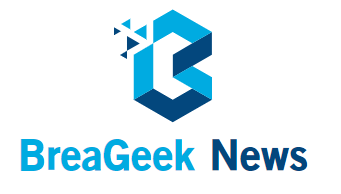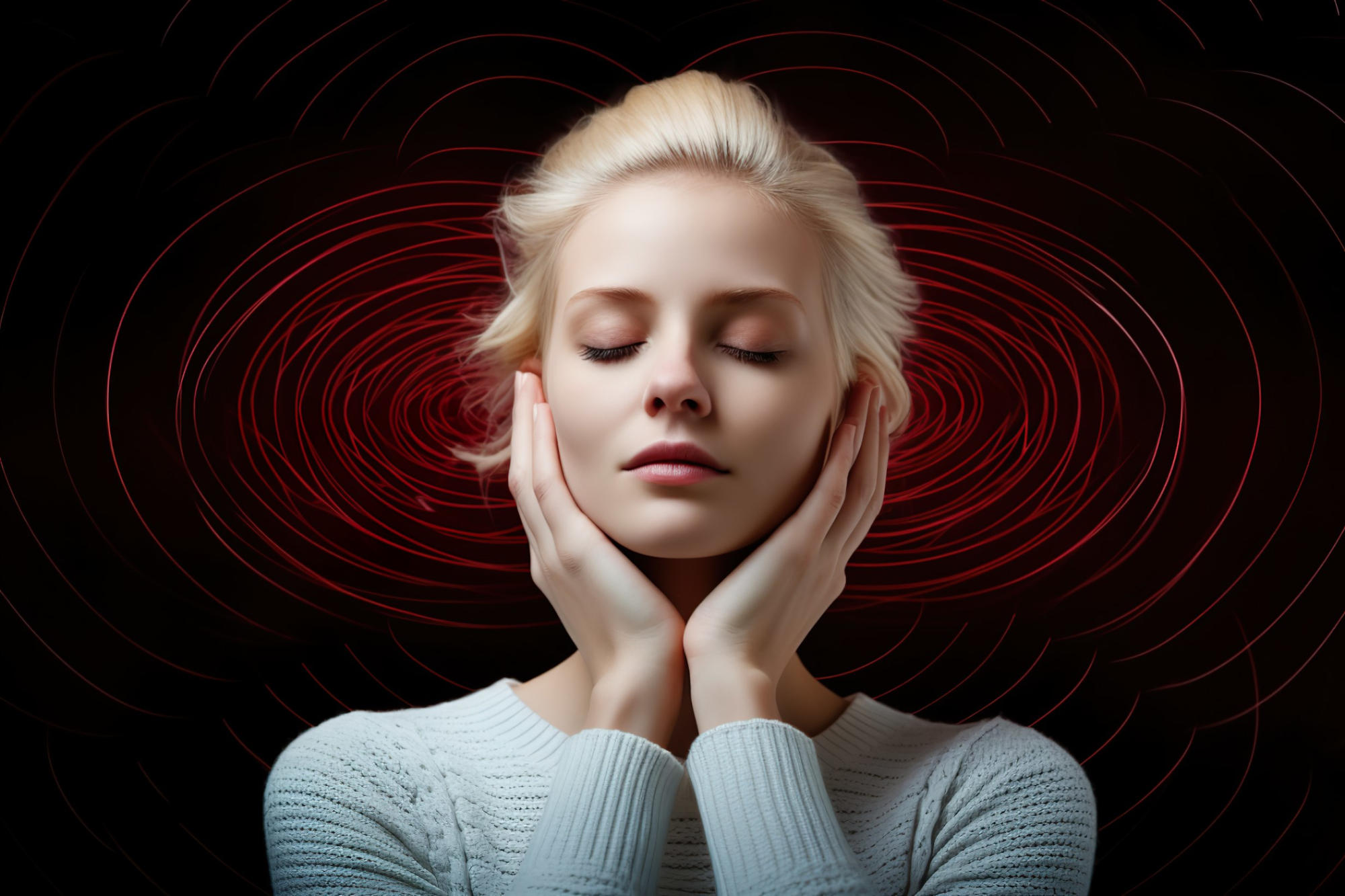Une étude de l’Université du Michigan a révélé que la stimulation bisensorielle personnalisée, qui associe le spectre individuel des acouphènes à la stimulation électrique, peut réduire considérablement les symptômes des acouphènes et améliorer la qualité de vie. Cette méthode, qui sera commercialisée par Auricle Inc. Nouvel espoir d’un traitement efficace pour des millions de personnes souffrant d’acouphènes.
Un nouvel appareil de thérapie innovant traite le sifflement du silence.
Les acouphènes, qui sont la sonnerie, le bourdonnement ou le sifflement du silence, varient en gravité d’une légère gêne pour certains à une grave incapacité pour d’autres. Aux États-Unis, jusqu’à 15 % des adultes souffrent d’acouphènes, environ 40 % de ces personnes souffrant de la maladie de manière chronique et recherchant activement un traitement pour les soulager.
Une nouvelle étude prometteuse menée par des scientifiques du Kresge Institute for Hearing Research de l’Université du Michigan suggère qu’un tel soulagement est réalisable.
Susan Shore, Ph.D., professeure Emrita au département d’oto-rhino-laryngologie du Michigan et aux départements de physiologie et de génie biomédical de l’Université du Michigan, a dirigé des recherches sur la manière dont le cerveau traite les informations sensorielles et sur la manière dont ces processus peuvent être exploités pour une stimulation personnalisée. et le traitement des acouphènes.
Les conclusions de son équipe ont été publiées dans
According to Shore, candidates with bothersome, somatic tinnitus, as well as normal-to-moderate hearing loss, were eligible to participate.
“After enrollment, participants received a portable device developed and manufactured by in2being, LLC, for in-home use,” she said. “The devices were programmed to present each participant’s personal tinnitus spectrum, which was combined with electrical stimulation to form a bi-sensory stimulus, while maintaining participant and study team blinding.”
Study participants were randomly assigned to one of two groups. The first group received bi-sensory, or active, treatment first, while the second received sound-alone, or control, treatment.
For the first six weeks, participants were instructed to use their devices for 30 minutes each day. The next six weeks gave participants a break from daily use, followed by six more weeks of the treatment not received in the beginning of the study.
Shore notes that every week, participants completed the Tinnitus Functional Index, or TFI, and Tinnitus Handicap Inventory, or THI, which are questionnaires that measure the impact tinnitus has on individuals’ lives. Participants also had their tinnitus loudness assessed during this time.
The team found that when participants received the bi-sensory treatment, they consistently reported improved quality of life, lower handicap scores, and significant reductions in tinnitus loudness. However, these effects were not seen when receiving sound-only stimulation.
Further, more than 60% of participants reported significantly reduced tinnitus symptoms after the six weeks of active treatment, but not control treatment. This is consistent with an earlier study by Shore’s team, which showed that the longer participants received active treatment, the greater the reduction in their tinnitus symptoms.
“This study paves the way for the use of personalized, bi-sensory stimulation as an effective treatment for tinnitus, providing hope for millions of tinnitus sufferers,” said Shore.
Reference: “Reversing Synchronized Brain Circuits Using Targeted Auditory-Somatosensory Stimulation to Treat Phantom Percepts – A Randomized Clinical Trial” by Gerilyn R. Jones, David T. Martel, Travis L. Riffle, Josh Errickson, Jacqueline R. Souter, Gregory J. Basura, Emily Stucken, Kara C. Schvartz-Leyzac and Susan E. Shore, 2 June 2023, JAMA Network Open.
DOI: 10.1001/jamanetworkopen.2023.15914
The study was funded by the National Institute of Mental Health, the National Institute on Deafness and Other Communication Disorders.
Auricle Inc., the exclusive licensee of the patents related to the bi-sensory stimulation, was launched with the help of Innovation Partnerships, the central hub of research commercialization activity at the University of Michigan. Auricle will work towards gaining regulatory clearance and then commercializing Shore’s novel bi-sensory tinnitus treatment.
To stay up to date on the team’s progress, sign up for updates by sending an email to [email protected].

« Évangéliste généraliste de la bière. Pionnier du café depuis toujours. Défenseur certifié de Twitter. Internetaholic. Praticien du voyage. »







More Stories
Une valve de surpression défectueuse a fait dérailler le premier lancement en équipage d’un vaisseau spatial Boeing Starliner
La mission SpaceX Starlink est lancée lundi depuis Cap Canaveral SFS
L’âge de pierre était-il vraiment l’âge du bois ?